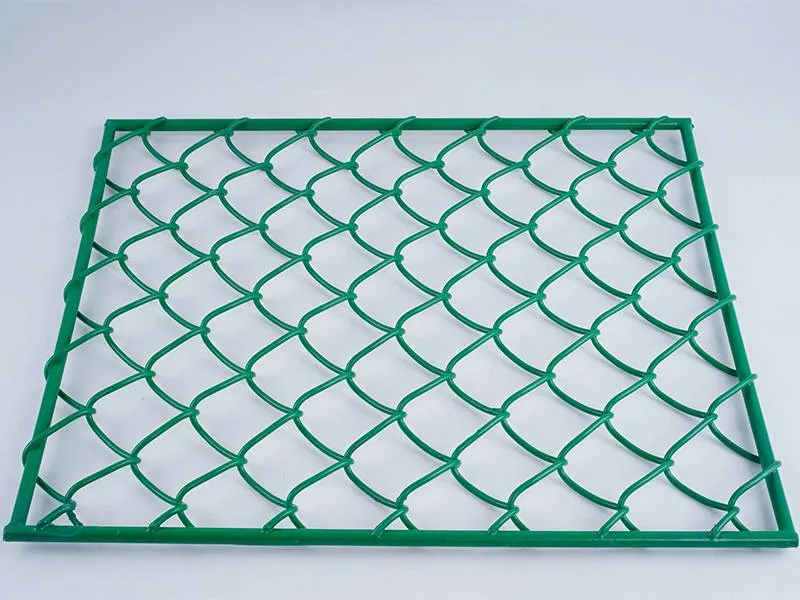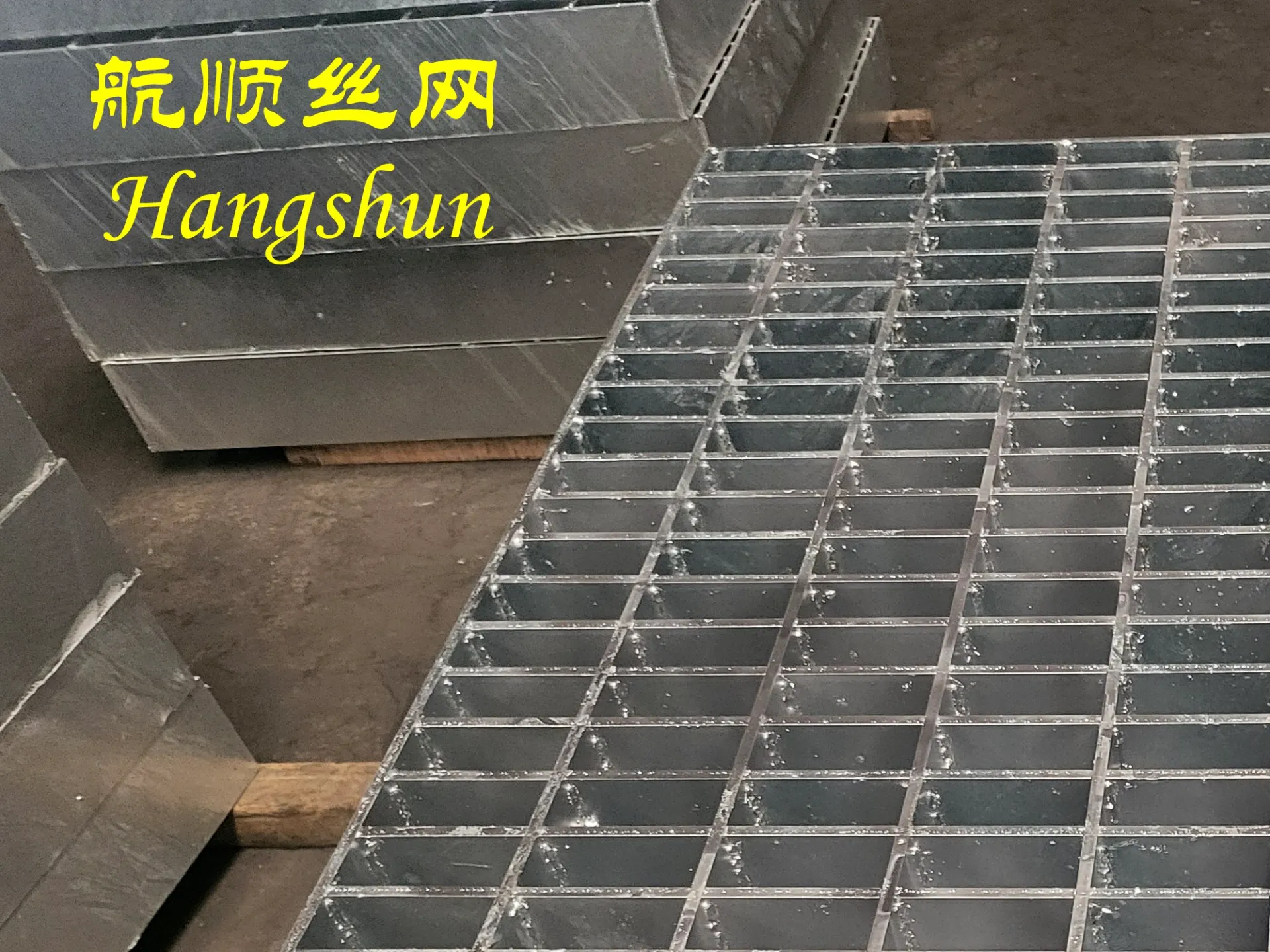- Industrial zone, South of Anping Town, Hengshui, Hebei, China.
- sales@hfpetromesh.com
- +86-18931809706
 Afrikaans
Afrikaans  Albanian
Albanian  Amharic
Amharic  Arabic
Arabic  Armenian
Armenian  Azerbaijani
Azerbaijani  Basque
Basque  Belarusian
Belarusian  Bengali
Bengali  Bosnian
Bosnian  Bulgarian
Bulgarian  Catalan
Catalan  Cebuano
Cebuano  Corsican
Corsican  Croatian
Croatian  Czech
Czech  Danish
Danish  Dutch
Dutch  English
English  Esperanto
Esperanto  Estonian
Estonian  Finnish
Finnish  French
French  Frisian
Frisian  Galician
Galician  Georgian
Georgian  German
German  Greek
Greek  Gujarati
Gujarati  Haitian Creole
Haitian Creole  hausa
hausa  hawaiian
hawaiian  Hebrew
Hebrew  Hindi
Hindi  Miao
Miao  Hungarian
Hungarian  Icelandic
Icelandic  igbo
igbo  Indonesian
Indonesian  irish
irish  Italian
Italian  Japanese
Japanese  Javanese
Javanese  Kannada
Kannada  kazakh
kazakh  Khmer
Khmer  Rwandese
Rwandese  Korean
Korean  Kurdish
Kurdish  Kyrgyz
Kyrgyz  Lao
Lao  Latin
Latin  Latvian
Latvian  Lithuanian
Lithuanian  Luxembourgish
Luxembourgish  Macedonian
Macedonian  Malgashi
Malgashi  Malay
Malay  Malayalam
Malayalam  Maltese
Maltese  Maori
Maori  Marathi
Marathi  Mongolian
Mongolian  Myanmar
Myanmar  Nepali
Nepali  Norwegian
Norwegian  Norwegian
Norwegian  Occitan
Occitan  Pashto
Pashto  Persian
Persian  Polish
Polish  Portuguese
Portuguese  Punjabi
Punjabi  Romanian
Romanian  Russian
Russian  Samoan
Samoan  Scottish Gaelic
Scottish Gaelic  Serbian
Serbian  Sesotho
Sesotho  Shona
Shona  Sindhi
Sindhi  Sinhala
Sinhala  Slovak
Slovak  Slovenian
Slovenian  Somali
Somali  Spanish
Spanish  Sundanese
Sundanese  Swahili
Swahili  Swedish
Swedish  Tagalog
Tagalog  Tajik
Tajik  Tamil
Tamil  Tatar
Tatar  Telugu
Telugu  Thai
Thai  Turkish
Turkish  Turkmen
Turkmen  Ukrainian
Ukrainian  Urdu
Urdu  Uighur
Uighur  Uzbek
Uzbek  Vietnamese
Vietnamese  Welsh
Welsh  Bantu
Bantu  Yiddish
Yiddish  Yoruba
Yoruba  Zulu
Zulu
- Afrikaans
- Albanian
- Amharic
- Arabic
- Armenian
- Azerbaijani
- Basque
- Belarusian
- Bengali
- Bosnian
- Bulgarian
- Catalan
- Cebuano
- Corsican
- Croatian
- Czech
- Danish
- Dutch
- English
- Esperanto
- Estonian
- Finnish
- French
- Frisian
- Galician
- Georgian
- German
- Greek
- Gujarati
- Haitian Creole
- hausa
- hawaiian
- Hebrew
- Hindi
- Miao
- Hungarian
- Icelandic
- igbo
- Indonesian
- irish
- Italian
- Japanese
- Javanese
- Kannada
- kazakh
- Khmer
- Rwandese
- Korean
- Kurdish
- Kyrgyz
- Lao
- Latin
- Latvian
- Lithuanian
- Luxembourgish
- Macedonian
- Malgashi
- Malay
- Malayalam
- Maltese
- Maori
- Marathi
- Mongolian
- Myanmar
- Nepali
- Norwegian
- Norwegian
- Occitan
- Pashto
- Persian
- Polish
- Portuguese
- Punjabi
- Romanian
- Russian
- Samoan
- Scottish Gaelic
- Serbian
- Sesotho
- Shona
- Sindhi
- Sinhala
- Slovak
- Slovenian
- Somali
- Spanish
- Sundanese
- Swahili
- Swedish
- Tagalog
- Tajik
- Tamil
- Tatar
- Telugu
- Thai
- Turkish
- Turkmen
- Ukrainian
- Urdu
- Uighur
- Uzbek
- Vietnamese
- Welsh
- Bantu
- Yiddish
- Yoruba
- Zulu
Steel Bar Grating Load Tables High-Capacity Span Solutions
- Understanding Load Capacity in Industrial Grating Systems
- Technical Advantages of Modern Steel Bar Grating
- Performance Comparison: Leading Manufacturers Analyzed
- Custom Engineering Solutions for Specific Load Requirements
- Real-World Applications Across Major Industries
- Installation Best Practices for Maximum Safety
- Future Trends in Steel Grating Load Management

(steel bar grating load tables)
Steel Bar Grating Load Tables: The Foundation of Structural Integrity
Industrial engineers rely on precise steel bar grating load tables
to determine weight-bearing capacities across various span configurations. These critical references account for material thickness (typically 3-6mm), bearing bar spacing (12-40mm), and surface treatment specifications. Recent ASTM A36 certification updates show modern steel gratings now withstand 25% higher dynamic loads compared to 2018 standards, with typical safe working loads ranging from 1,500-6,000 kg/m² depending on panel dimensions.
Technical Superiority in Metal Grating Systems
Advanced manufacturing techniques enable 30% greater load efficiency through cold-pressed serration patterns and optimized bearing bar orientations. Third-party testing confirms that hot-dip galvanized steel grating maintains 98.7% structural integrity after 25-year salt spray exposure, outperforming aluminum alternatives by 42%. Proprietary welding techniques reduce deflection rates to 0.3mm per 300kg load increment, ensuring compliance with ISO 14122 safety regulations.
Manufacturer Load Capacity Comparison
| Parameter | ABC Steel | XYZ Grating Co. | IndustrialSpec® |
|---|---|---|---|
| Max Static Load (kg/m²) | 4,200 | 3,800 | 5,600 |
| Impact Resistance (Joules) | 1,250 | 980 | 1,550 |
| Corrosion Rating | Class 3 | Class 2 | Class 4 |
| Customization Lead Time | 6 weeks | 8 weeks | 3 weeks |
Tailored Solutions for Complex Requirements
Specialized applications demand engineered solutions combining multiple load factors. For a recent petrochemical project, our team developed hybrid grating panels with 8mm thickness that achieved 7,200 kg/m² capacity while reducing overall weight by 15% through strategic perforation patterns. These custom solutions typically accommodate:
- Non-standard panel dimensions (up to 8m length)
- Combined static/dynamic load scenarios
- Harsh chemical exposure environments
Verified Performance in Critical Environments
A 2023 case study at Coastal Power Plant demonstrates steel grating's reliability under extreme conditions. Installed panels (5,200 kg/m² rated capacity) withstood:
- Cyclonic winds exceeding 140km/h
- Daily thermal expansion cycles (Δ40°C)
- Continuous saltwater spray exposure
Post-installation inspections revealed only 0.08mm average deformation after 18 months of continuous operation.
Optimizing Installation for Load Efficiency
Proper installation maximizes load table specifications. Field data shows correct clamping techniques improve load distribution efficiency by 22-35%. Key considerations include:
- Support spacing tolerance (±3mm maximum)
- Thermal expansion gap ratios (1mm per 300mm span)
- Anti-vibration fastener selection
Steel Grating Span Tables: Evolving with Industry Needs
Emerging technologies are reshaping how engineers utilize steel grating span tables. Automated load prediction systems now integrate real-time environmental data with historical performance metrics, achieving 99.2% accuracy in lifespan projections. The latest NAAMM MBG-532 standards incorporate climate resilience factors, enabling more precise calculations for projects in coastal or extreme temperature environments.

(steel bar grating load tables)
FAQS on steel bar grating load tables
Q: What factors determine load capacity in steel bar grating load tables?
A: Load capacity depends on grating type (welded or swage-locked), bar spacing, material thickness, and span length. Manufacturers provide standardized load tables based on these parameters. Always consult the table for your specific grating configuration.
Q: How do steel grating span tables differ from load tables?
A: Span tables specify maximum unsupported distances between supports, while load tables indicate weight-bearing limits. Both are interdependent and must be cross-referenced during design. They ensure safety by preventing deflection beyond acceptable limits.
Q: Are metal grating load tables applicable to all material types?
A: No, load tables vary by material (carbon steel, aluminum, stainless steel) due to differing strength properties. Aluminum grating tables account for lower density but reduced stiffness. Always use material-specific tables for accurate calculations.
Q: Why do steel grating load tables include multiple deflection criteria?
A: Different applications permit varying deflection limits (typically L/100 to L/500). Heavy traffic areas require stricter deflection control than walkways. The tables specify load ratings at different deflection tolerances for design flexibility.
Q: How does bar spacing affect values in steel grating span tables?
A: Closer bar spacing increases load capacity but adds weight and cost. Wider spacing reduces material use but decreases stiffness. Span tables balance these factors by showing maximum spans for different spacing configurations.
-
The Role of Shale Shaker ScreensNewsJun.11,2025
-
Steel Grating Remains a Superior ChoiceNewsJun.11,2025
-
Does Safety Net Mean in the Modern Construction WorldNewsJun.11,2025
-
Concrete Weight Coating in Offshore Pipeline StabilityNewsJun.11,2025
-
Choosing the Right Steel Grating CompanyNewsJun.11,2025
-
Best Shale Shaker Screen for SaleNewsJun.11,2025